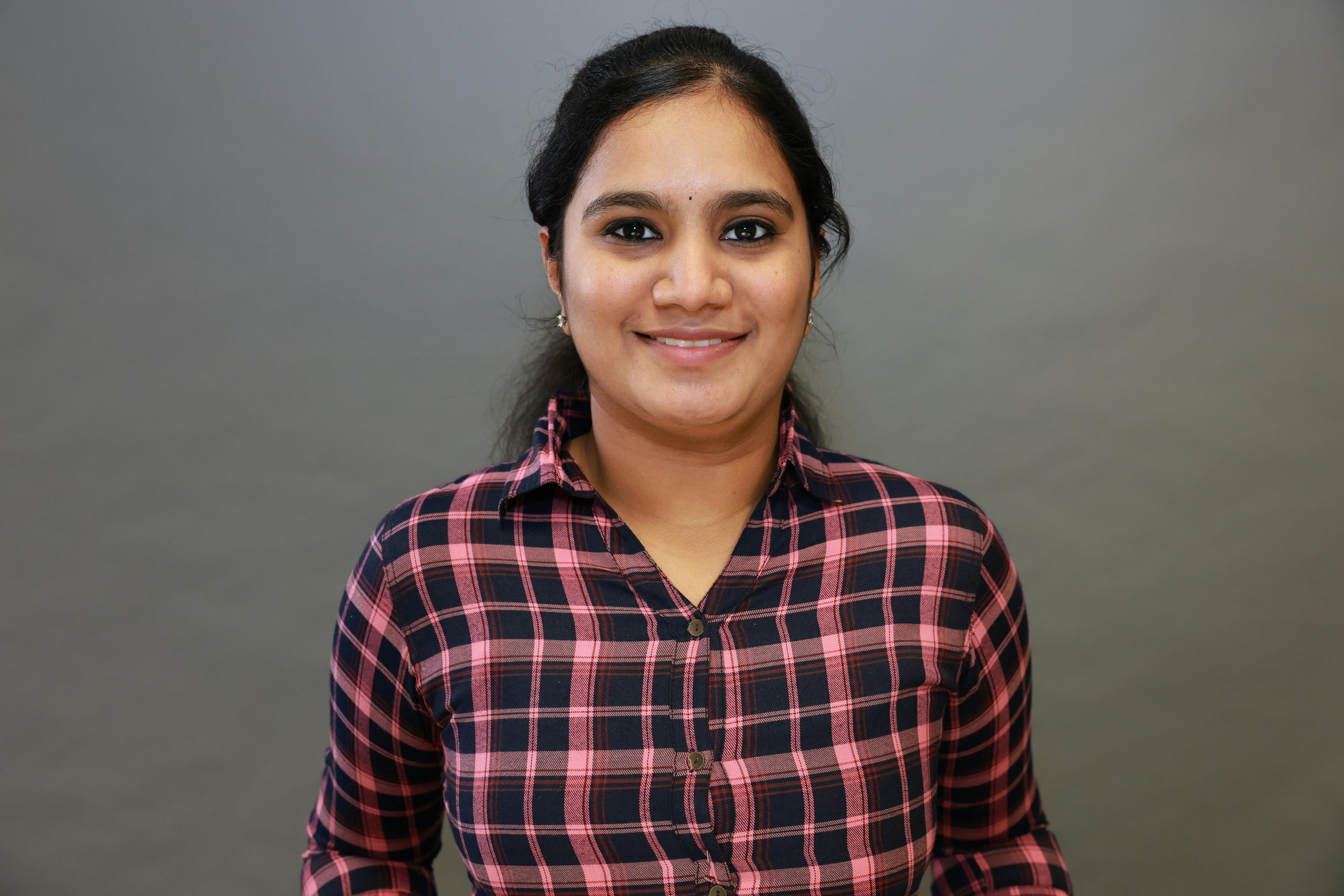In an industry characterized by the rapid advancement of semiconductor technology, the precise analysis of static signals has long posed a challenge for failure analysis engineers. The innovative work spearheaded by Senior Failure Analyst Amrutha Sampath has made significant strides in addressing this critical aspect of static signal detection, offering valuable benefits to the global failure analysis community.
Innovative Approaches to Static Signal Detection in Hardware Security
The introduction of Laser Logic State Mapping (LLSM) for static signal detection marks a noteworthy advancement, with far-reaching implications. Initially presented at ISTFA 2014 for identifying memory bit values, LLSM was limited in its application. However, Amrutha Sampath and her team successfully expanded their use into static signal detection, addressing a critical gap in laser-based analytical techniques.
The intricacies of hardware security analysis introduce unique challenges that traditional methods often struggle to meet. As devices integrate increasingly sophisticated protection mechanisms, including Hardware Security Modules (HSMs), intricate asynchronous state machines, and secure boot processes, conventional analysis approaches may fall short in their ability to detect and analyze static signals, vital for thorough security assessment and failure analysis.
Visionary Problem-Solving in Technical Fields
Central to this achievement has been Amrutha's insightful and strategic approach to problem-solving. By extending LLSM beyond its original application, she has addressed a significant limitation in semiconductor failure analysis, thereby enhancing the accuracy of diagnostics for static signals through innovative laser-based techniques.
In scenarios where secure devices face operational failures or become unresponsive during secure boot sequences, discerning whether a defect exists or if a security mechanism has reacted to a design error is particularly challenging. Amrutha's innovative application of LLSM has shown that it can effectively read static states in single-gate flip-flops, combinational logic cells, and critical control signals, offering valuable insights into previously inaccessible domains.
Pioneering Laser-Based Analysis Techniques
Amrutha's implementation of the LLSM technique involves a methodical approach where a small voltage modulation is introduced into the relevant power supply, followed by Laser Voltage Imaging (LVI) at the modulation frequency to determine the logic state of targeted signals. Her research has successfully demonstrated practical feature size resolution and favorable signal-to-noise ratios at low voltages, broadening its applicability across secure semiconductor technologies.
This methodology provides a robust new capability for failure analysis engineers dealing with secure devices, enabling investigation into critical signals and states that were previously challenging to observe. In tandem with other optical fault isolation methods, such as Photon Emission Microscopy (PEM) and traditional Laser Voltage Probing (LVP), this technique contributes to a more comprehensive diagnostic toolkit for the semiconductor industry.
Navigating the Balance Between Security and Analyzability
Amrutha's work emphasizes the inherent tension between the demands of hardware security and the need for analyzability. Through her recent presentation at ISTFA 2024, she has addressed the unique challenges associated with analyzing secure intellectual property utilizing fault isolation techniques and evaluating the potential security threats posed by these very methods.
Her findings advocate for a collaborative approach between failure analysis and security teams, highlighting the importance of assessing both the strengths and weaknesses of existing designs to attain mutually beneficial outcomes and balanced solutions.
Recognition and Broader Impact
Amrutha's work with LLSM has led to significant advancements in semiconductor failure analysis. Her insights have been shared in knowledge sessions with global teams and were documented in a paper at ISTFA 2024, emphasizing the balance between analyzability and security in semiconductor technology. This milestone has contributed to her appointment as Domain Chair for the global failure analysis labs collaboration in 2025.
Future Implications
This achievement represents a key advancement in failure analysis methodologies, providing engineers with enhanced capabilities for diagnostic accuracy as semiconductor designs become more complex. Amrutha's expertise combines her education in Electrical Engineering from Texas A&M University and the National Institute of Technology, Trichy, allowing her to effectively implement innovative technical solutions. Looking ahead, her work with LLSM exemplifies how creative approaches can address ongoing technical challenges and add value to the semiconductor industry. As technologies evolve, Amrutha's contributions may serve as a model for future advancements in failure analysis.
About Amrutha Sampath
Amrutha Sampath is a notable figure in semiconductor failure analysis, focusing on diagnostic methodologies for integrated circuits. Residing in Austin's dynamic technology ecosystem, she effectively utilizes her advanced education from Texas A&M University and the esteemed National Institute of Technology, Trichy, to explore new frontiers in semiconductor diagnostics. Her career has been characterized by significant technical advancements that effectively integrate theoretical research with practical applications, leading to the refinement of reliability testing protocols now employed across various facilities. Amrutha's contributions have been acknowledged at international technical forums, where her presentations are consistently recognized for their depth of insight and innovative perspectives. In addition to her technical pursuits, Amrutha advocates for knowledge sharing and mentorship within the industry. She actively engages with cross-functional teams and participates in industry working groups, promoting greater inclusion within engineering disciplines. Her multifaceted contributions reflect a commitment not only to technical excellence but also to the advancement and enrichment of the broader semiconductor community.
This story was distributed as a release by Echospire Media under HackerNoon’s Business Blogging Program. Learn more about the program


